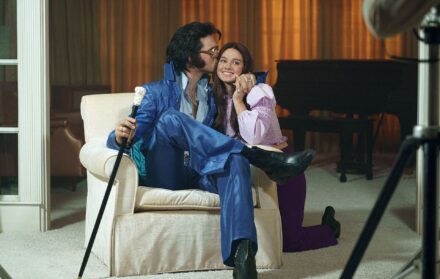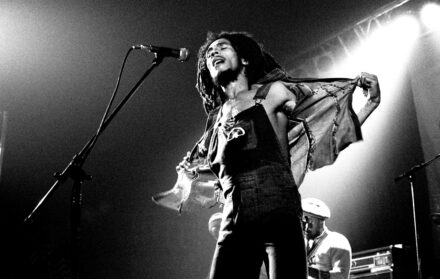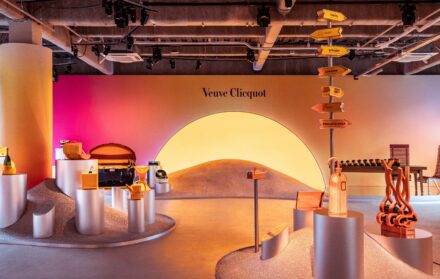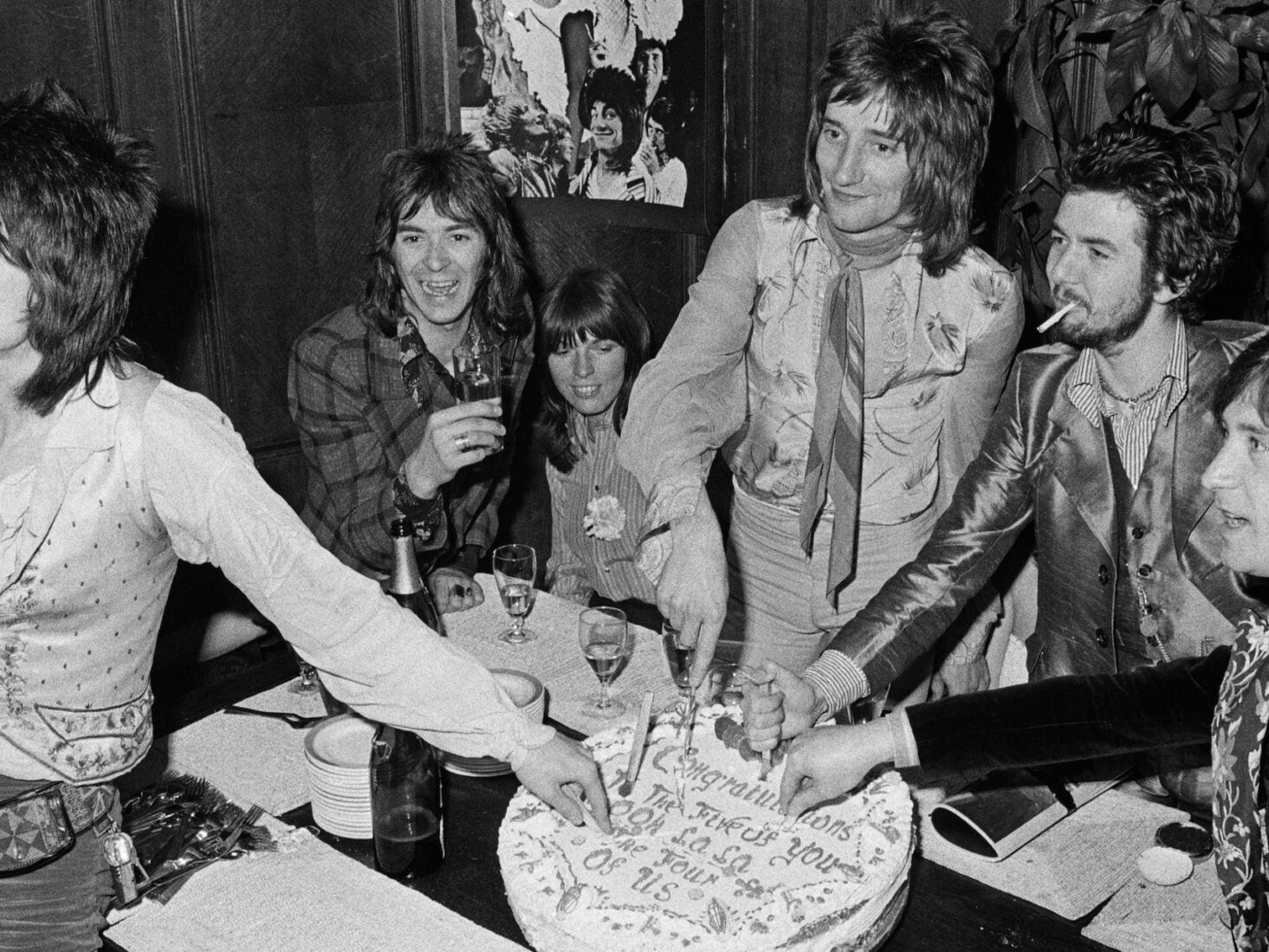
Tramp Nightclub: The Enduring Legacy of the Rock ‘n’ Roll Members’ Club
After half a century of royal partygoers, rock and roll excess and wanton abuse of chandeliers, how has Tramp managed to retain its reputation as London’s most louche and lavish night spot?
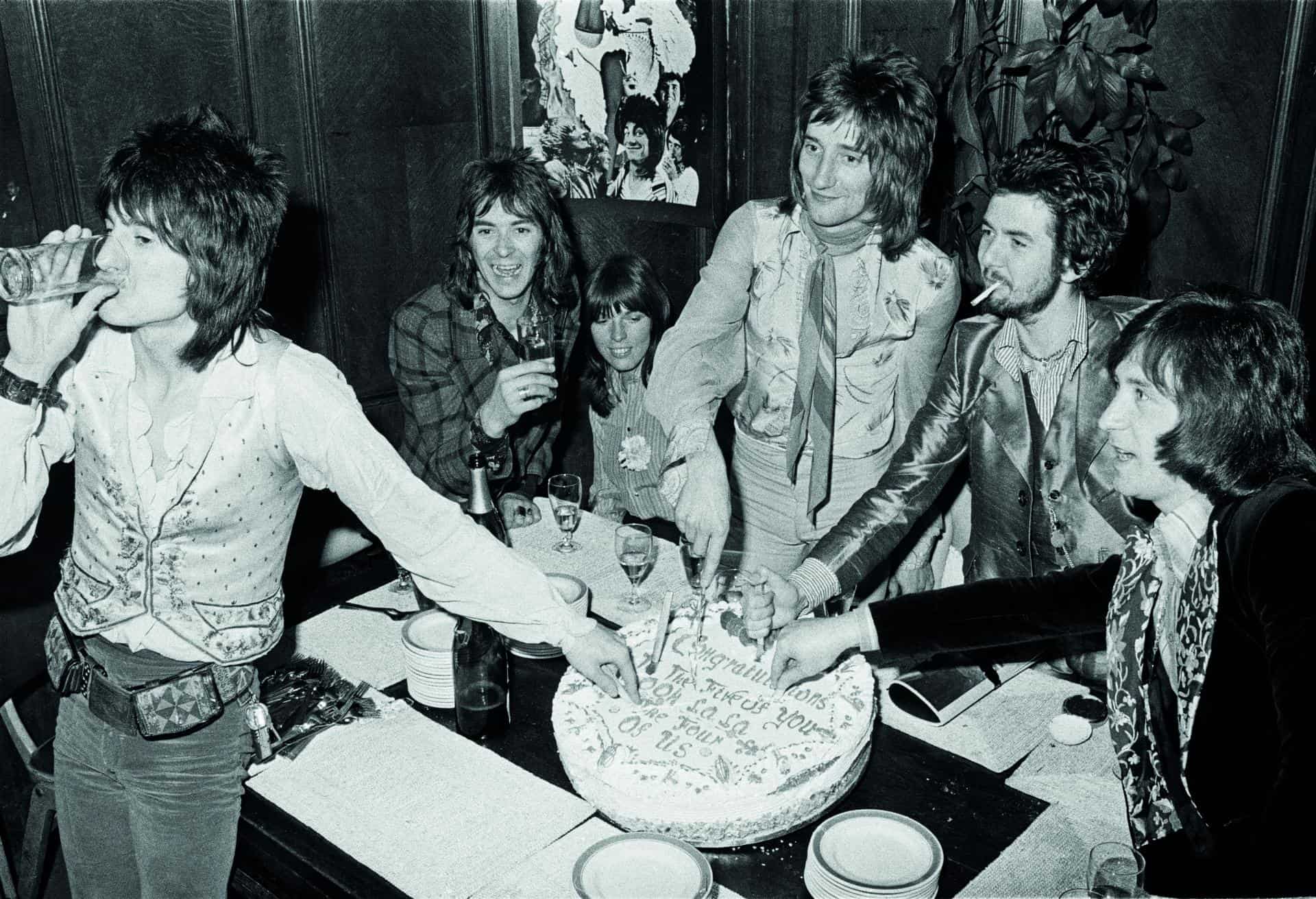 Rock band Faces members Ronnie Wood, Ian Mclagan, Rod Stewart, Ronnie Lane & Kenney Jones at a reception for their album Ooh La La, April 1973
Rock band Faces members Ronnie Wood, Ian Mclagan, Rod Stewart, Ronnie Lane & Kenney Jones at a reception for their album Ooh La La, April 1973
Keith Moon was rarely capable of shock. But even the wildest drummer in rock and roll raised his eyebrows when, after dinner at Tramp in 1973, he was handed a bill for £14,000. Moon and actor Karl Howman had just eaten two dozen Pacific prawns at the legendary Jermyn Street club. “They’ve gone up!” complained Moon to the waiter. “I mean, I don’t mind, but it’s a bit much.” The bill was in fact not for a few pieces of fish, but Moon’s entire bar tab for the past 12 months.“What sort of world is this when you think a prawn is £1,000?” reflected Howman, years later. The man who may have the answer, to this and other questions relating to the ruling elite of rock and roll and entertainment, is David Fleming, current manager of Tramp, the Mayfair byword for nocturnal decadence. Fifty years on from its opening, it remains a place where stars cavort, hedonism is encouraged and seafood has, he insists, always been reasonably priced.
“I love the stories, but this isn’t a place that can live on history,” Fleming muses as we speak in that very same restaurant that caused Moon such crustacean confusion. Complete with wood panelled walls and a ceiling mural with the signs of the zodiac, it’s preserved from a time when the club was called The Society which, legend has it, would welcome a celebrating Queen Mother in the 1950s when she won big on the horses. It’s understandable that Fleming doesn’t wish to dwell too much on Tramp’s early history. But what a history it is.
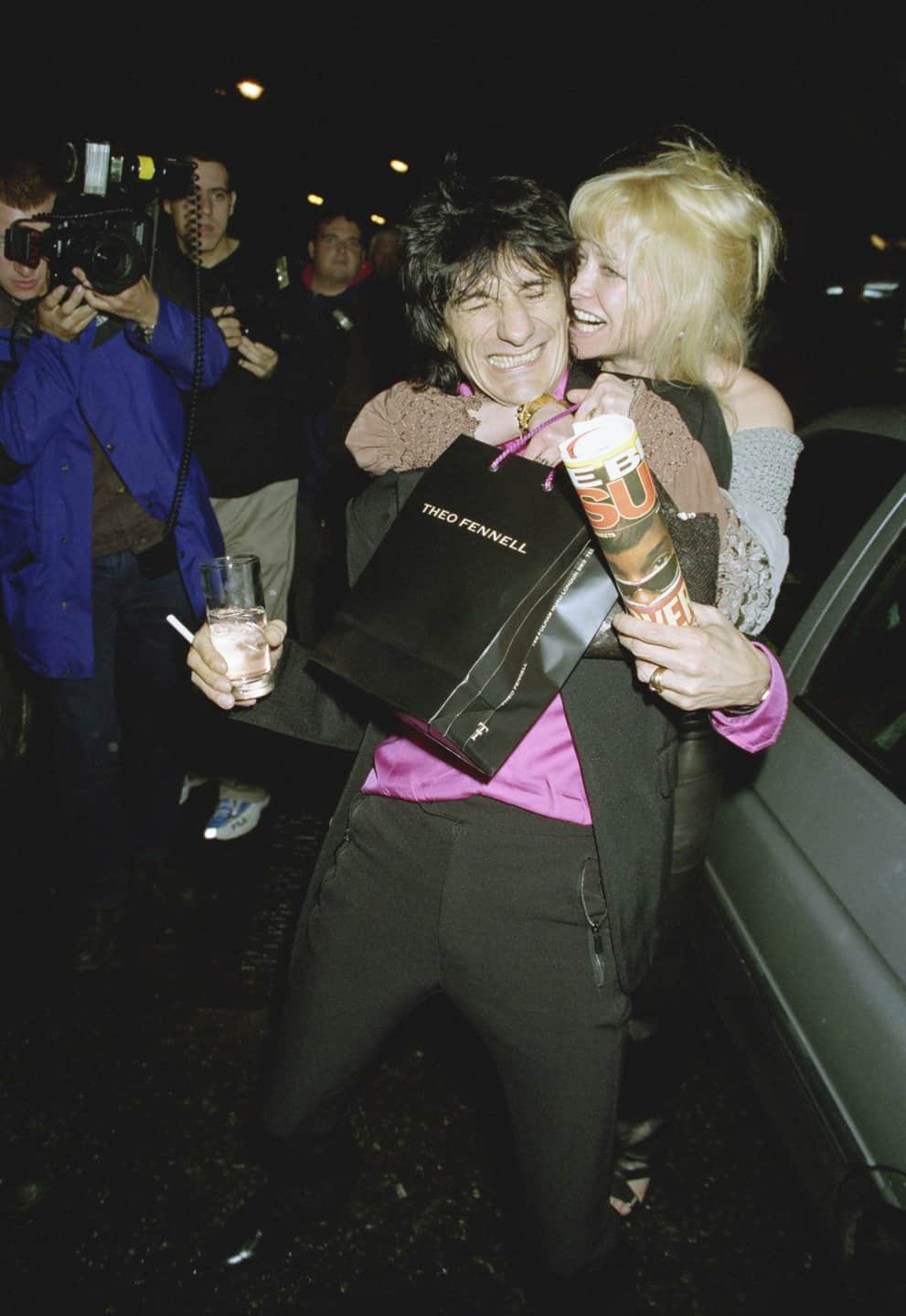 Ronnie and Jo Wood at Tramp’s 30th-anniversary party, June 1999, photography by Dave Benett
Ronnie and Jo Wood at Tramp’s 30th-anniversary party, June 1999, photography by Dave Benett
Keith Moon was chucked out by original owner Johnny Gold for swinging from the chandeliers. George Best had his membership card ripped up for attempting to start a fight with Michael Caine. And George Michael was ejected after vomiting copiously in the club during the peak of his early fame with Wham! Others fared better. Staff today all have tales to tell. Roger Moore helping to mop the floor after a flood from the basement leaked into the club. Jack Nicholson going straight from a late night drinking session to Pinewood Studios to begin another gruelling day with Stanley Kubrick filming The Shining. And Mel Brooks crawling around the club on his hands and knees and, the story goes, barking like a dog.
Throughout it all, Tramp has changed little. A discreet bronze sign is the only indication that one of the most notorious clubs in London lies beyond a dark blue set of doors. These lead to a staircase carpeted in racing green, beyond which lie a dancefloor, restaurant, bar and smoking terrace. Small it may be, but this is a space that packs a wildly disproportionate punch when it comes to reputation and fame.
 Naomi Campbell at the launch of her book Swan, September 1994, photography by Dave Benett
Naomi Campbell at the launch of her book Swan, September 1994, photography by Dave Benett
Half a century on from opening night in December 1969, I ask Fleming, a stocky 55-year-old Scot who has been at Tramp for 17 years (and has been general manager for the past four) if, in reality, the club is really little more than a few rooms where obnoxious behaviour is allowed free rein. “No, not at all,” he retorts. “People are actually surprisingly well behaved in here. Stars are definitely more discreet now and also look after themselves more, so there isn’t so much of the excess that took place in the 1970s. But the thing about Tramp is that, whether you’re a star or not, everybody who is a member is aware that it’s a huge privilege to be part of it. And so people do behave accordingly. I’ve only had to ban two people in the past five years.”
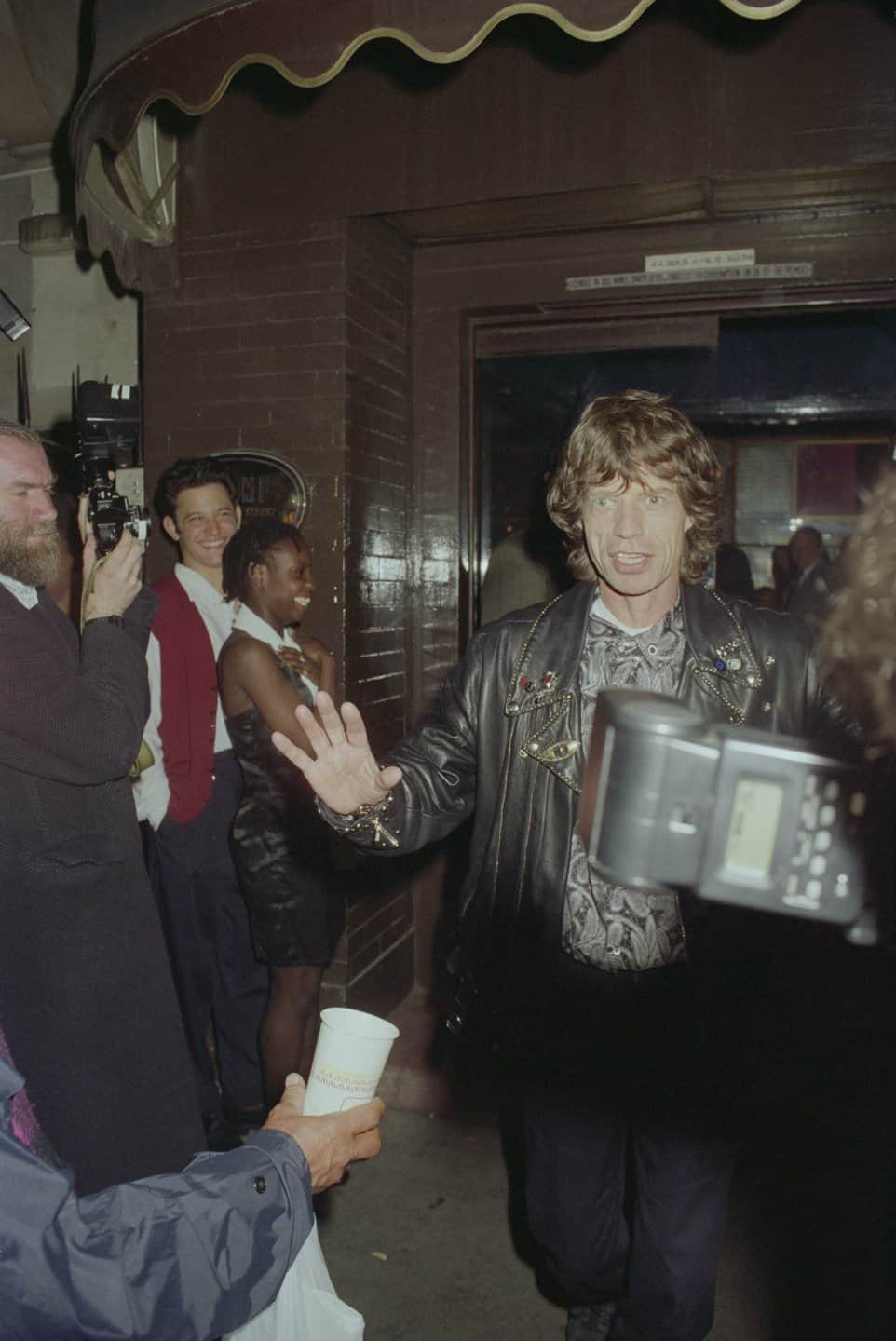 Mick Jagger, June 1992, photography by Dave Benett
Mick Jagger, June 1992, photography by Dave Benett
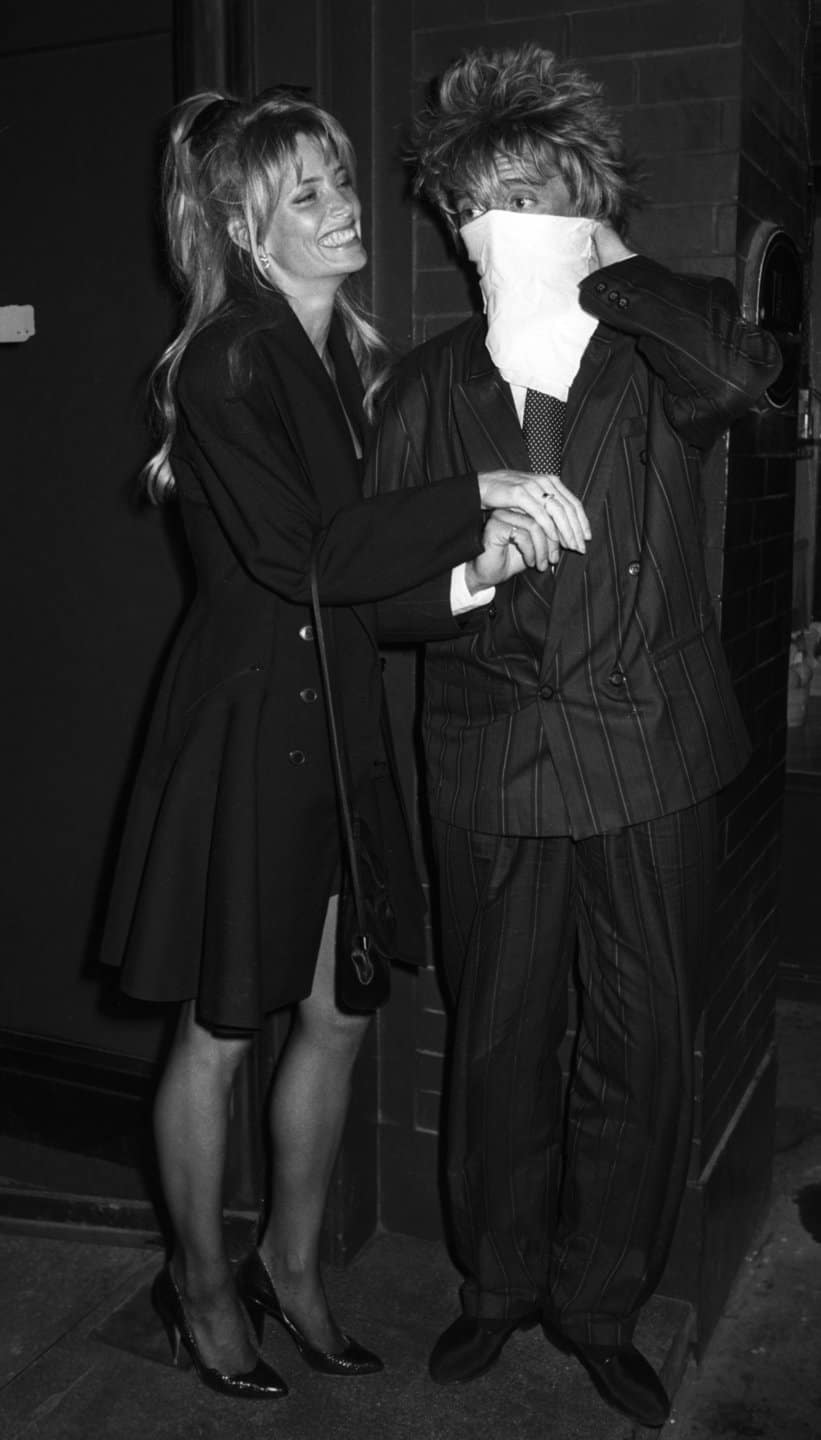 Rod Stewart and Kelly Emberg, May 1989, photograpy by Tom Wargacki
Rod Stewart and Kelly Emberg, May 1989, photograpy by Tom Wargacki
With a membership said to be 3,000 strong, but a capacity of just 300, the maths seems improbable but, somehow, Tramp works. The price to pay is predictably steep at a cool £1,000 a year, putting Tramp, as I challenge Fleming, at risk of being a place purely for the elite. Who would want to go to a club that’s full of sons and daughters of sheiks and oligarchs who simply want to drink Cristal and take selfies? Apart from the offspring of other sheiks and oligarchs, that is.
“I’ve turned down so many applications from people who want to be members but reveal that they’re based in Dubai and will only be coming by a few times a year,” says Fleming with a wry smile. “And we get applications from people who only want to come on Saturday night. We never say yes to them. We’d rather have somebody who doesn’t spend a fortune but uses the club every week. And, of course, if we meet somebody interesting, creative and a little quirky and they can’t afford the membership fee, then we have definitely been known to be flexible.”
The place certainly inspires loyalty. Fleming claims there are still 30 to 40 members who have belonged to Tramp all the way back to opening night in 1969. “The other week we had three generations of the same family coming in – and they were all dancing on one of the sofas!”. However he is naturally more reticent about sharing stories that would entice the gossip columns.
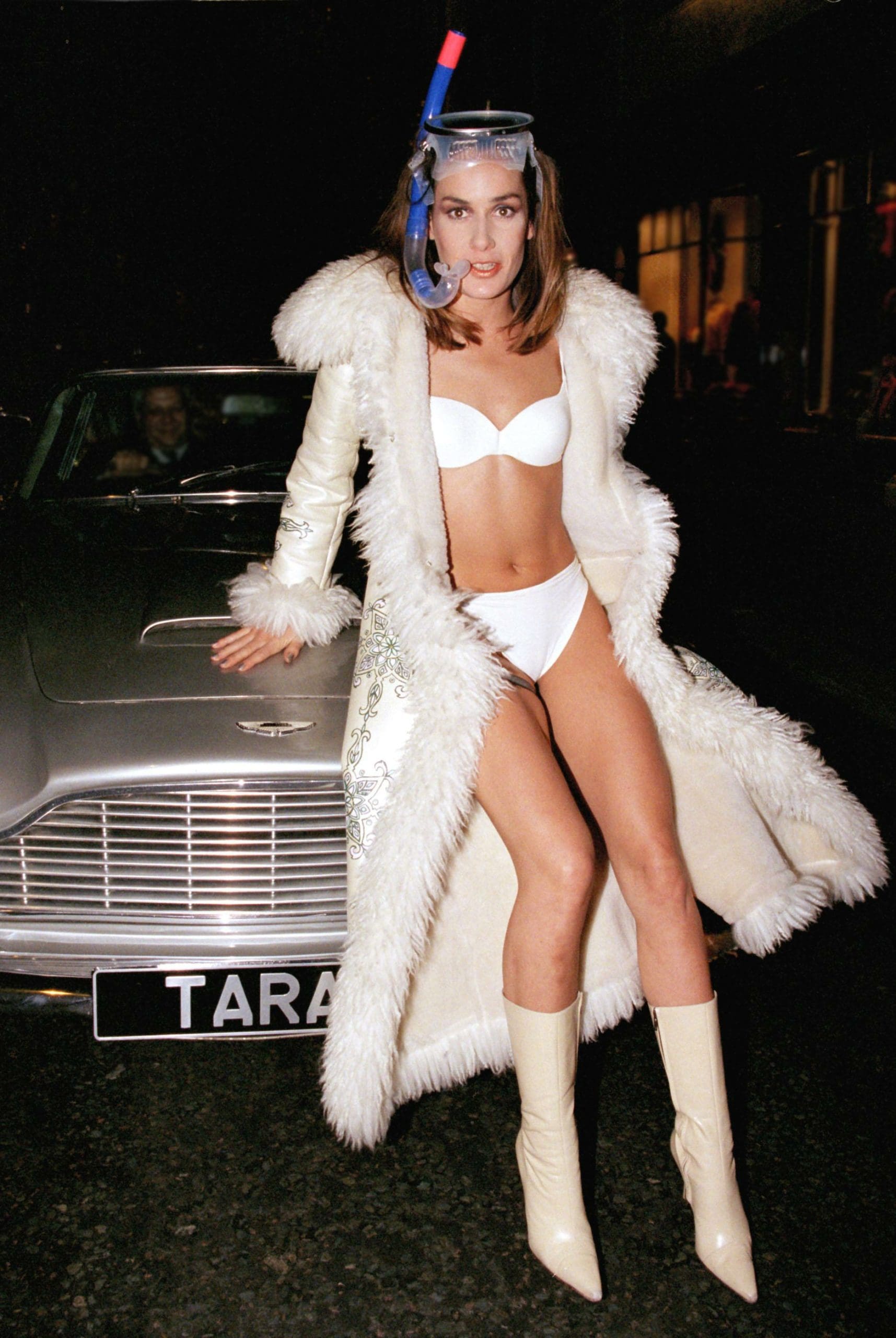 Tara Palmer-Tomkinson at her birthday party, December 1998, photography by Antony Jones
Tara Palmer-Tomkinson at her birthday party, December 1998, photography by Antony Jones
“OK, well my favourite was meeting Woody Harrelson,” he eventually admits. “Woody loves Tramp and the first time I met him was fantastic, sitting in the dining room while he asked me about the story of the place. He was with Lindsay Lohan, who was a little more difficult. I remember her standing at the top of the stairs at the entrance and refusing to come down unless five members of her staff were escorting her. Woody was at the bottom telling her not to be such a diva and just come on in!”
Lohan’s behaviour, here as in most places, is not typical. I ask Fleming what else a member, celeb or not, gets at Tramp which they couldn’t also get at myriad other nightspots on Jermyn Street and the King’s Road alone.
“We honestly do know our members,” he insists. “We had 65 members in on Saturday night and each had three or four guests with them. That makes around 300 people in total. I can absolutely assure you that not only do I know the names of every member who was in the club, but the staff know what their favourite drink is, where they like to sit and what they like to eat.”
They may not be members, but, before fatherhood beckoned, both Princes William and Harry frequented Tramp – a situation that, as you’d expect, brought its own particular issues. “When the princes came here it did involve a lot of people coming in beforehand and asking a lot of questions about security,” Fleming admits. “But when they’ve come here, both in their bachelor days, they chose quieter nights. I don’t think their people would have let them come on nights when we were packed to the rafters.”
Floods in the basement and mismatched crockery in the restaurant might not have bothered Mick Jagger or Ringo Starr in the 1970s. But Fleming admits that the Tramp of yore couldn’t work today as the competition to attract a new generation of stars and influencers is fiercer than ever.
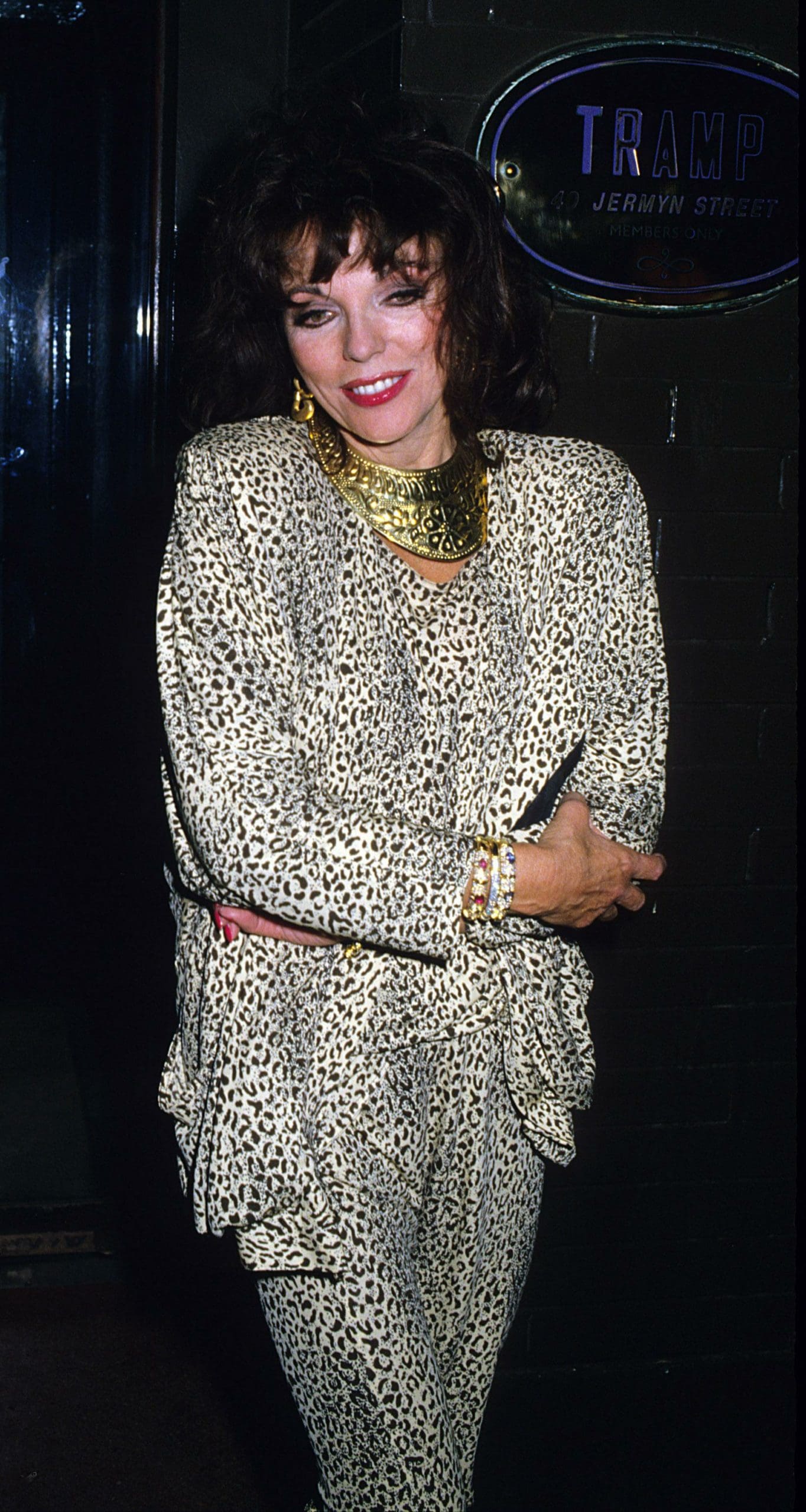 Joan Collins, May 1987, photography by Tom Wargacki
Joan Collins, May 1987, photography by Tom Wargacki
Another long night at the club looms. Before departing to take care of business for the night he hints that Sir Michael Caine may well be attending the club’s 50th birthday party in May, while also debating the baffling popularity among Tramp’s clientele of Midori, a Japanese lemon liqueur that regulars refer to as simply ‘the green bottle’. “We must be keeping them in business singlehandedly,” he sagely adds to a fellow club employee as we ascend the stairs back into a grey Mayfair.
Fifty years on, even without Keith Moon swinging from the ceiling, Tramp continues to impress. This is a nightspot that, somehow, has managed to combine hedonism and exclusivity without being overly contrived or. “We’re definitely not competing with media-orientated clubs like Soho House or the more ‘smart’ clubs like Annabel’s either,” Fleming concludes. “We very much do our own thing. It’s like any other house party, really. Get the right mix of people and it all just clicks.”





